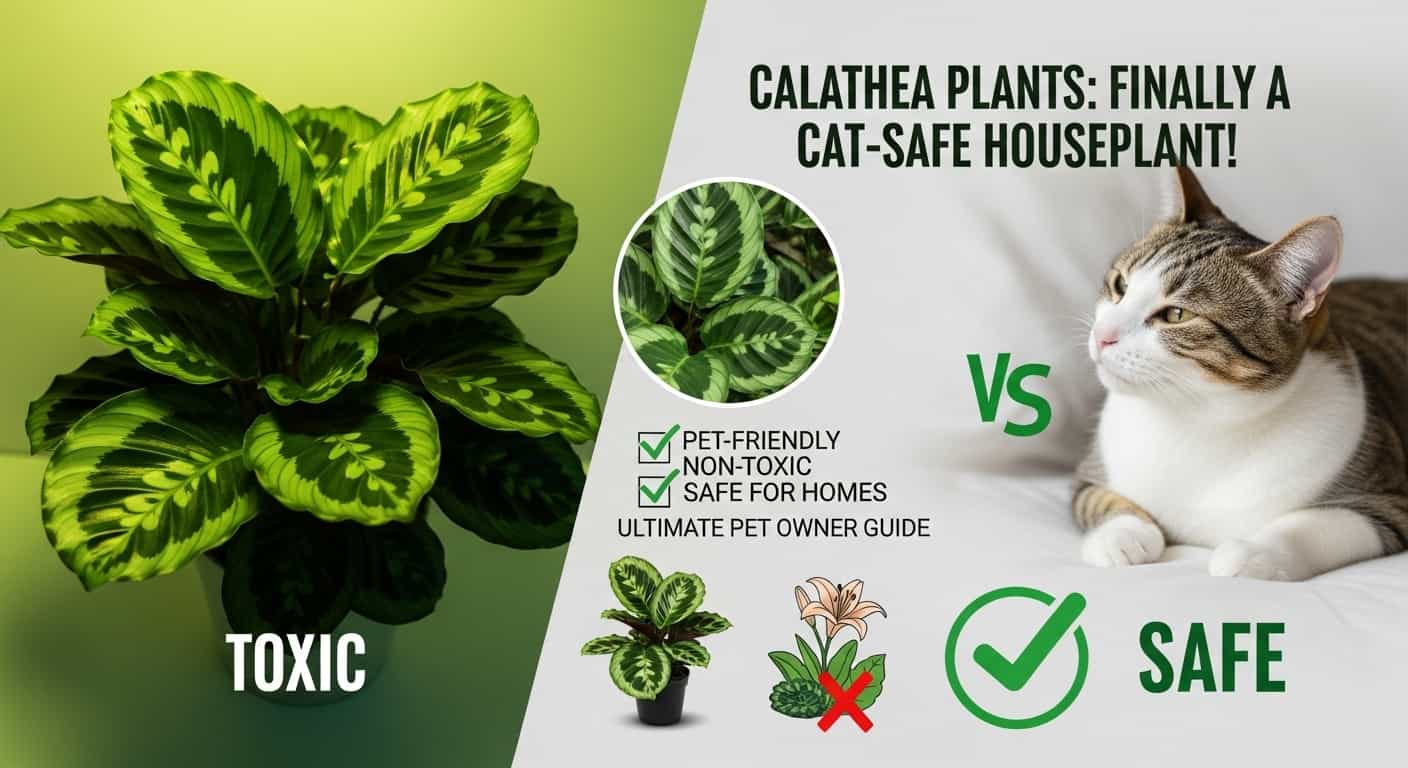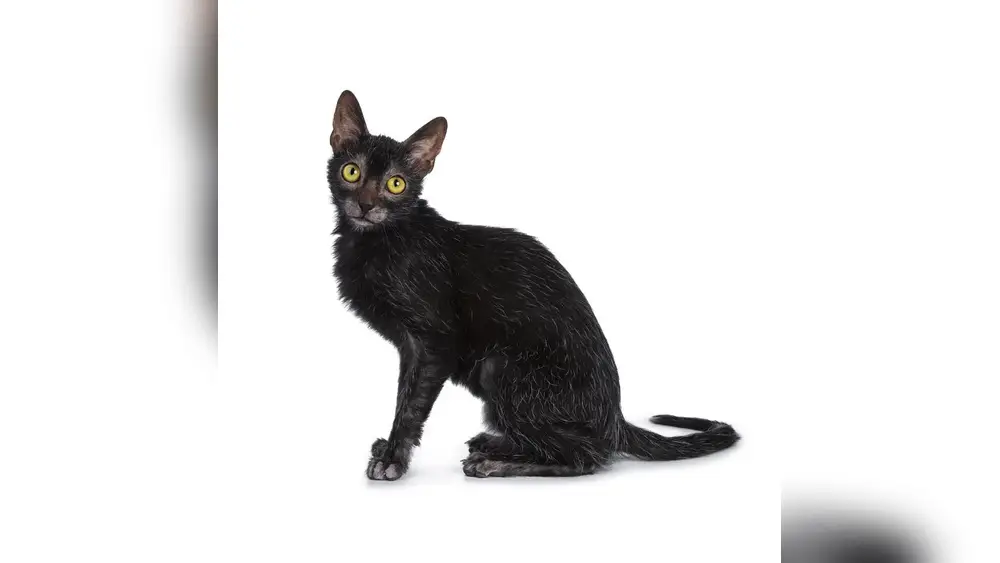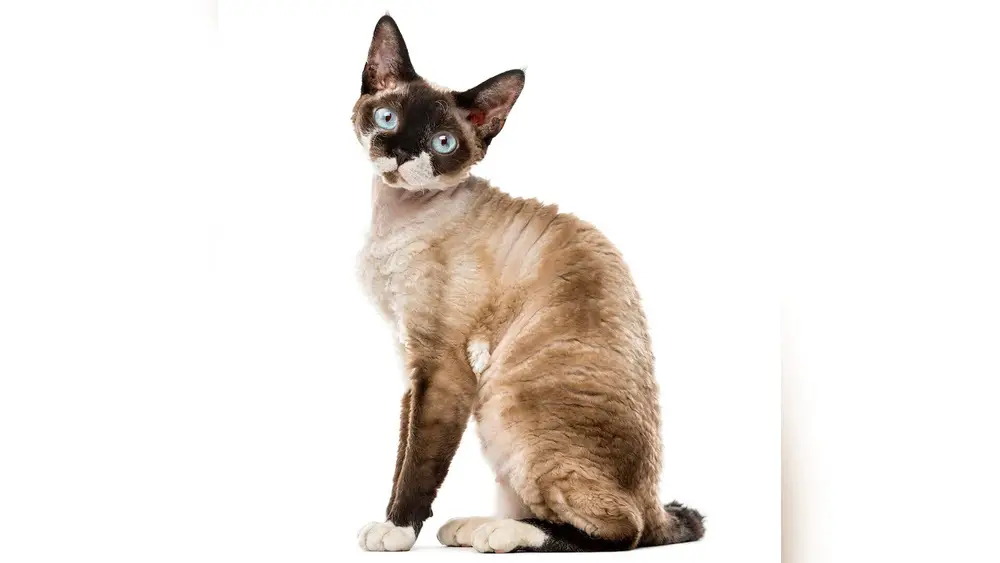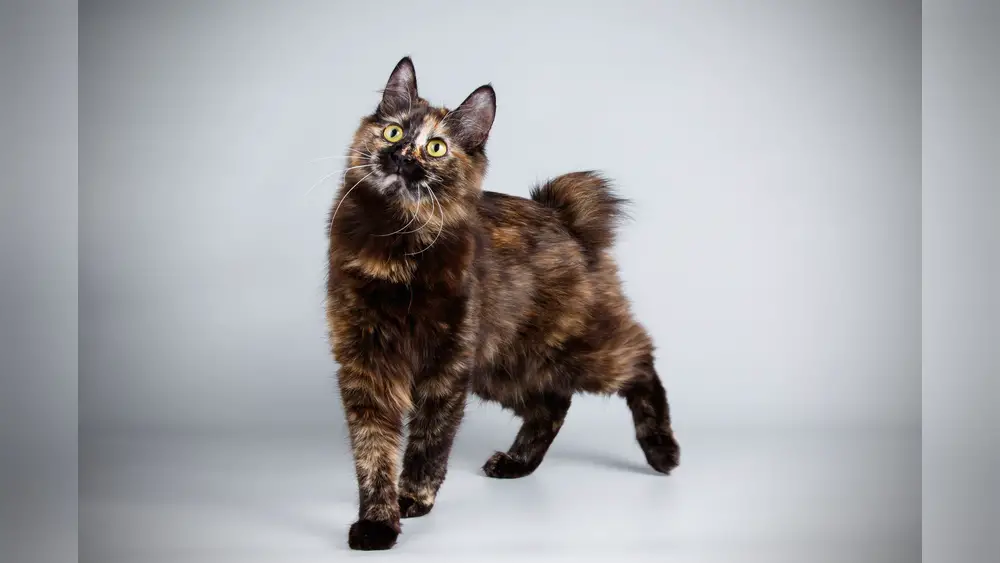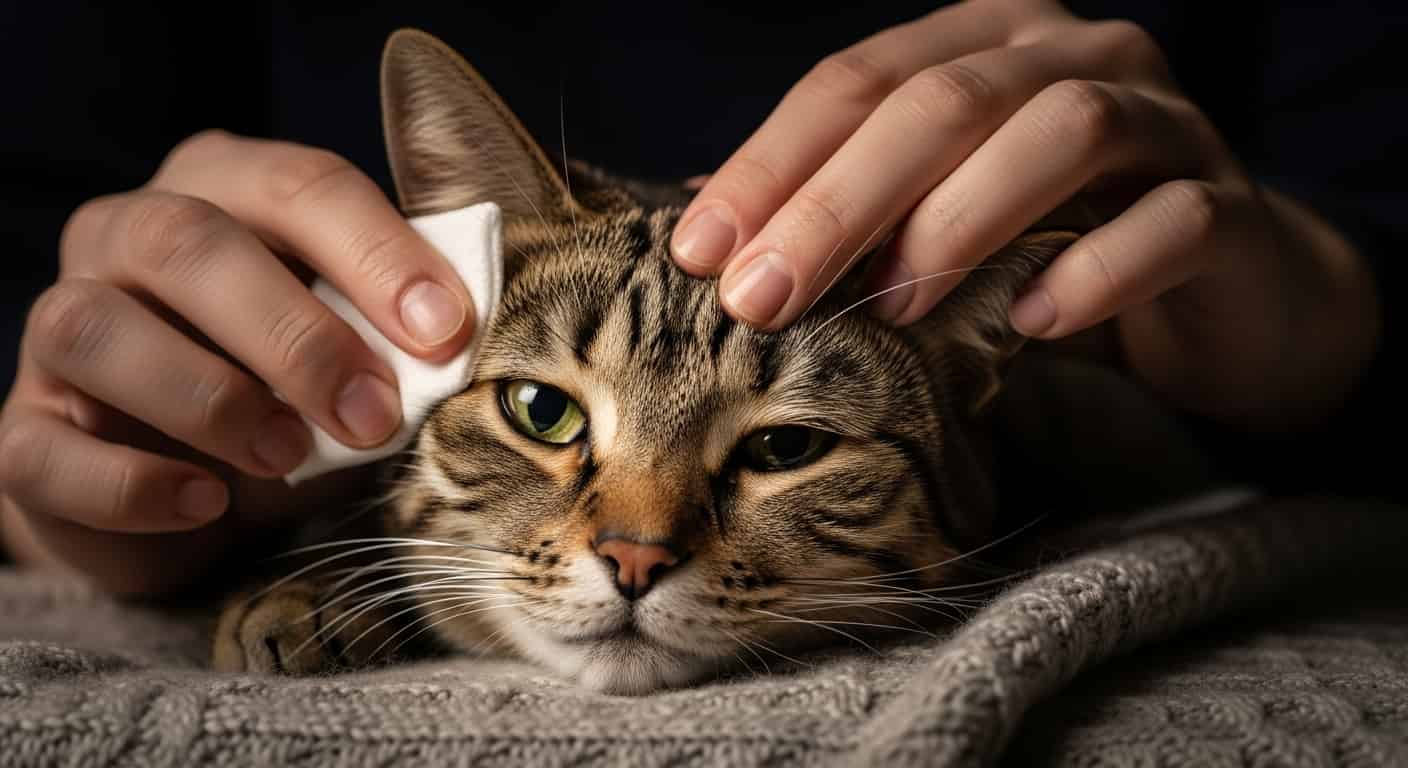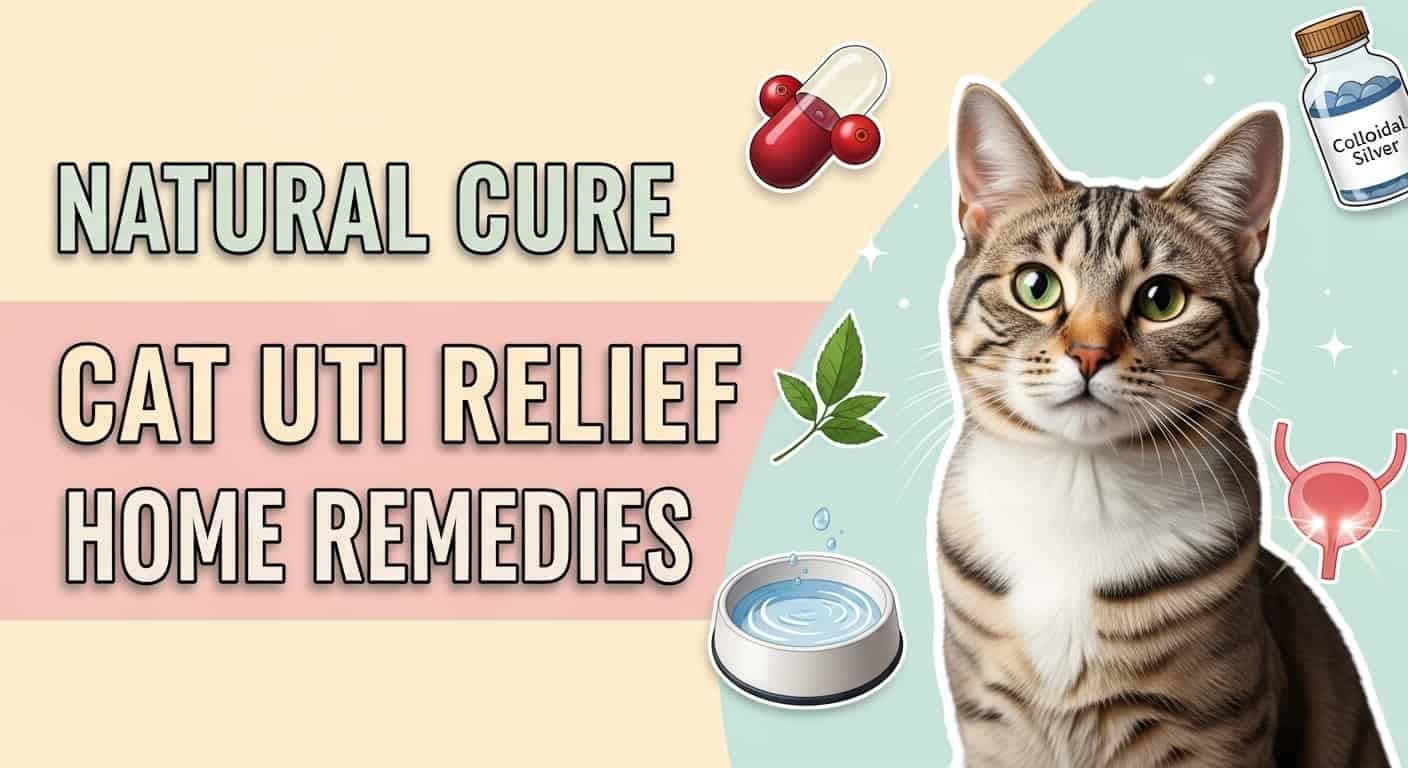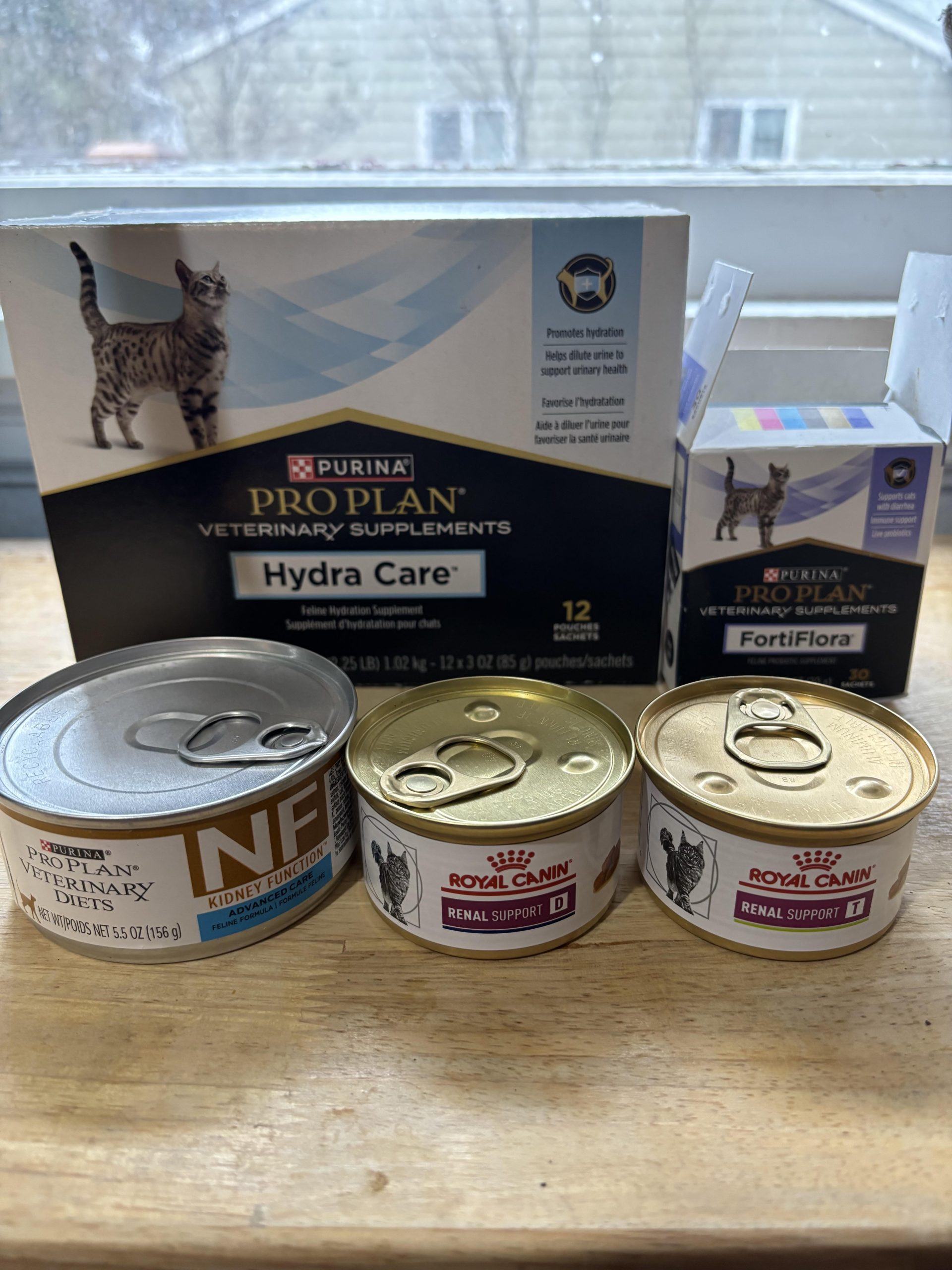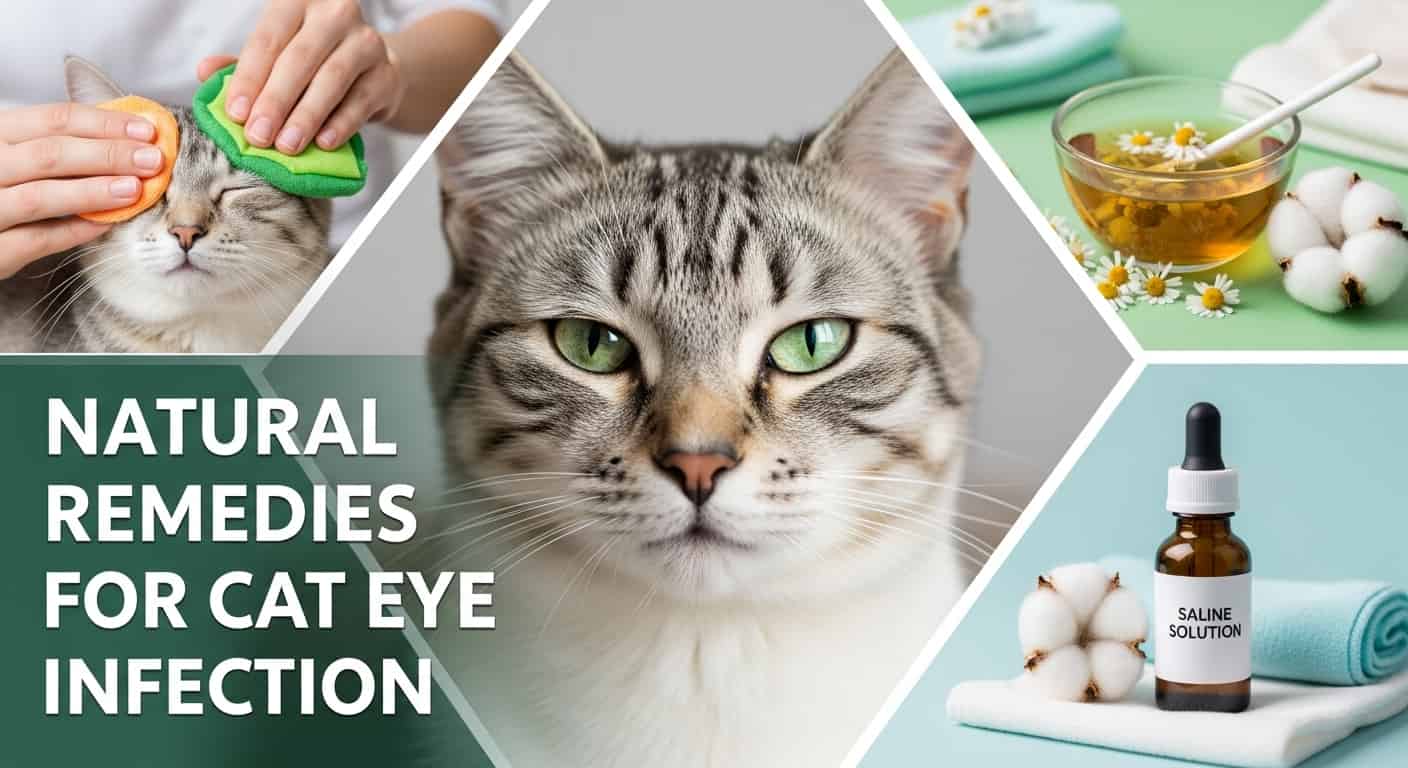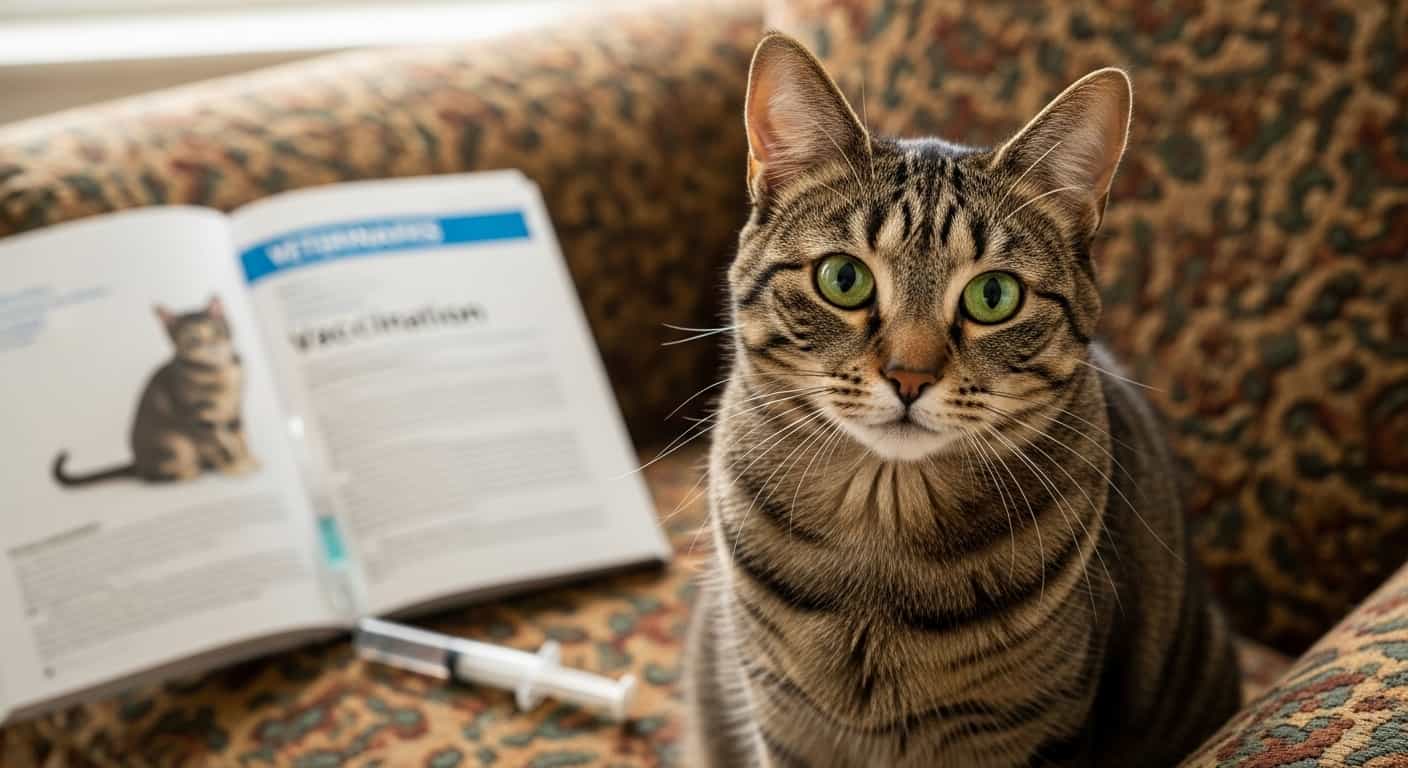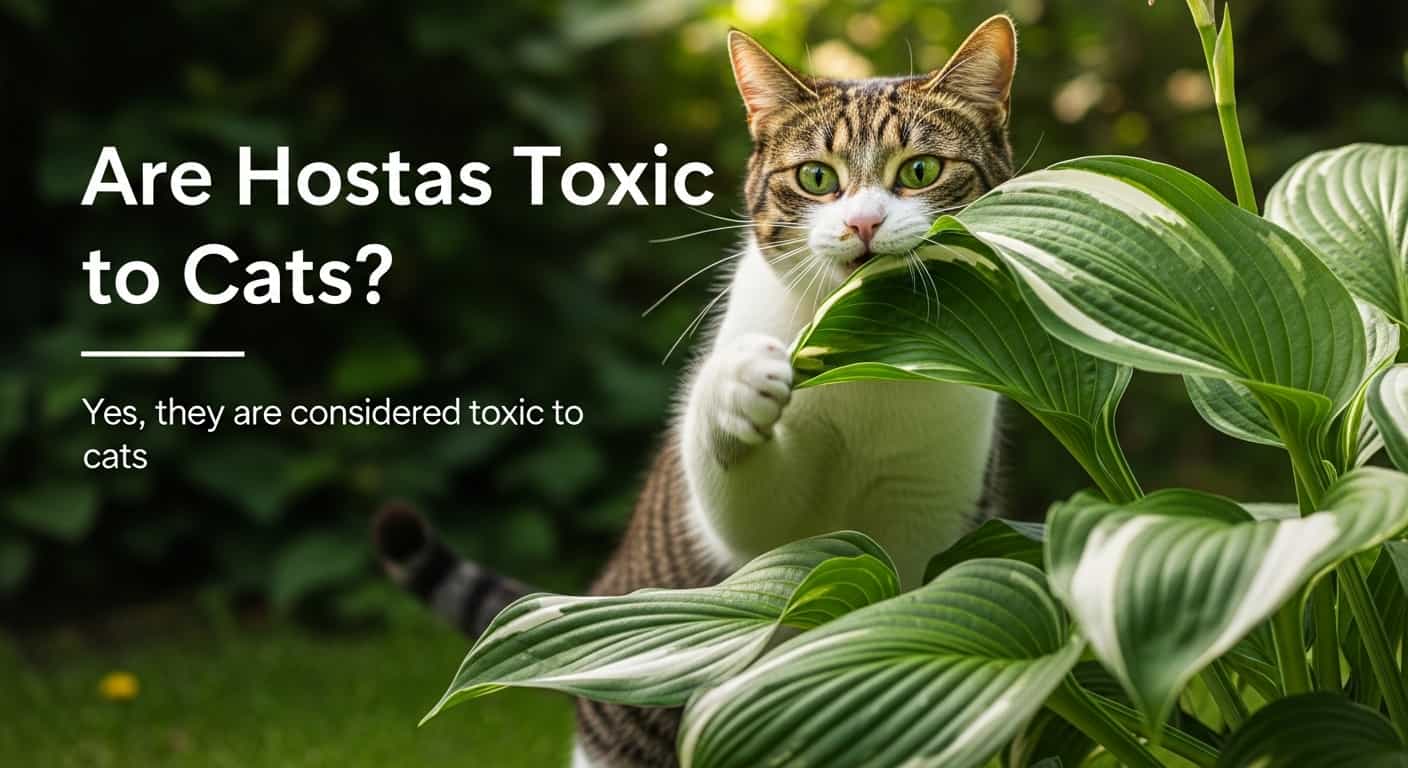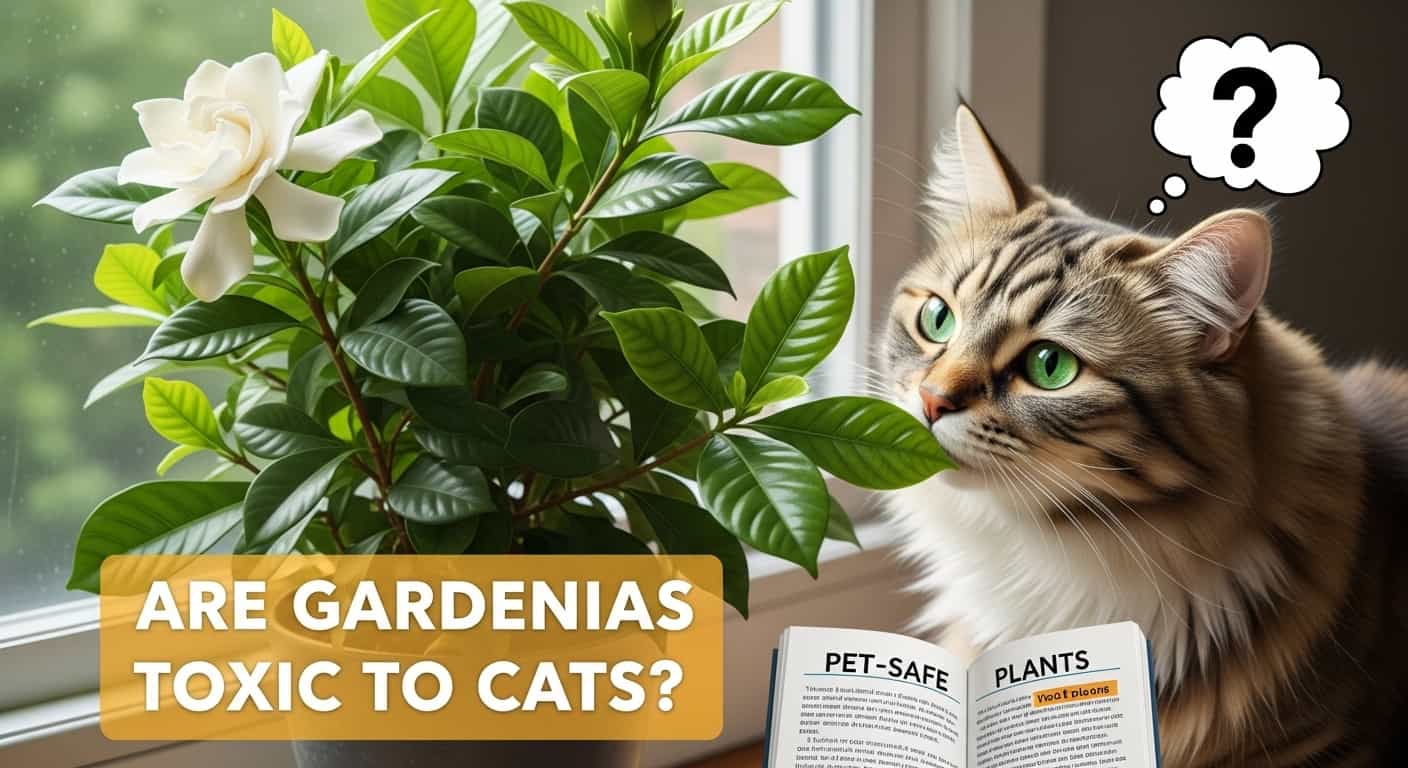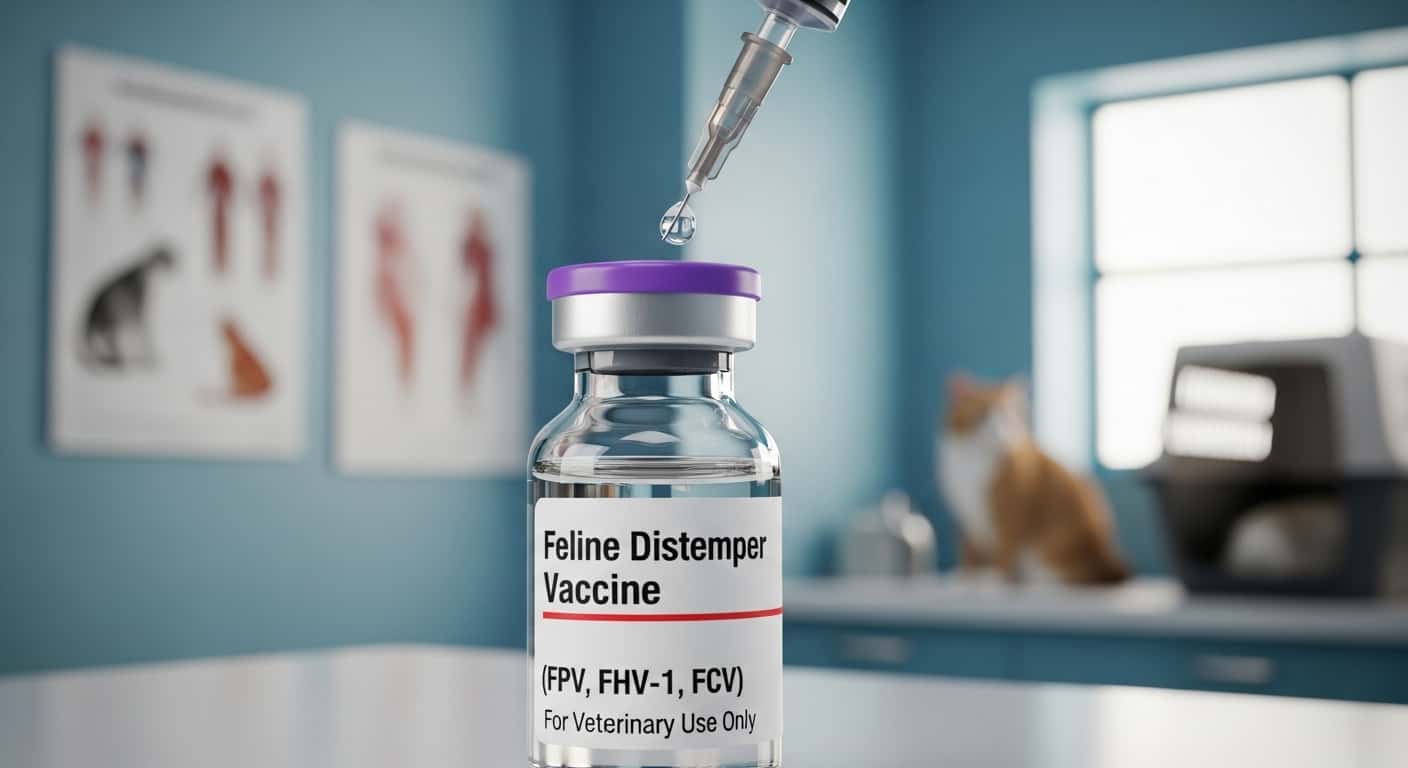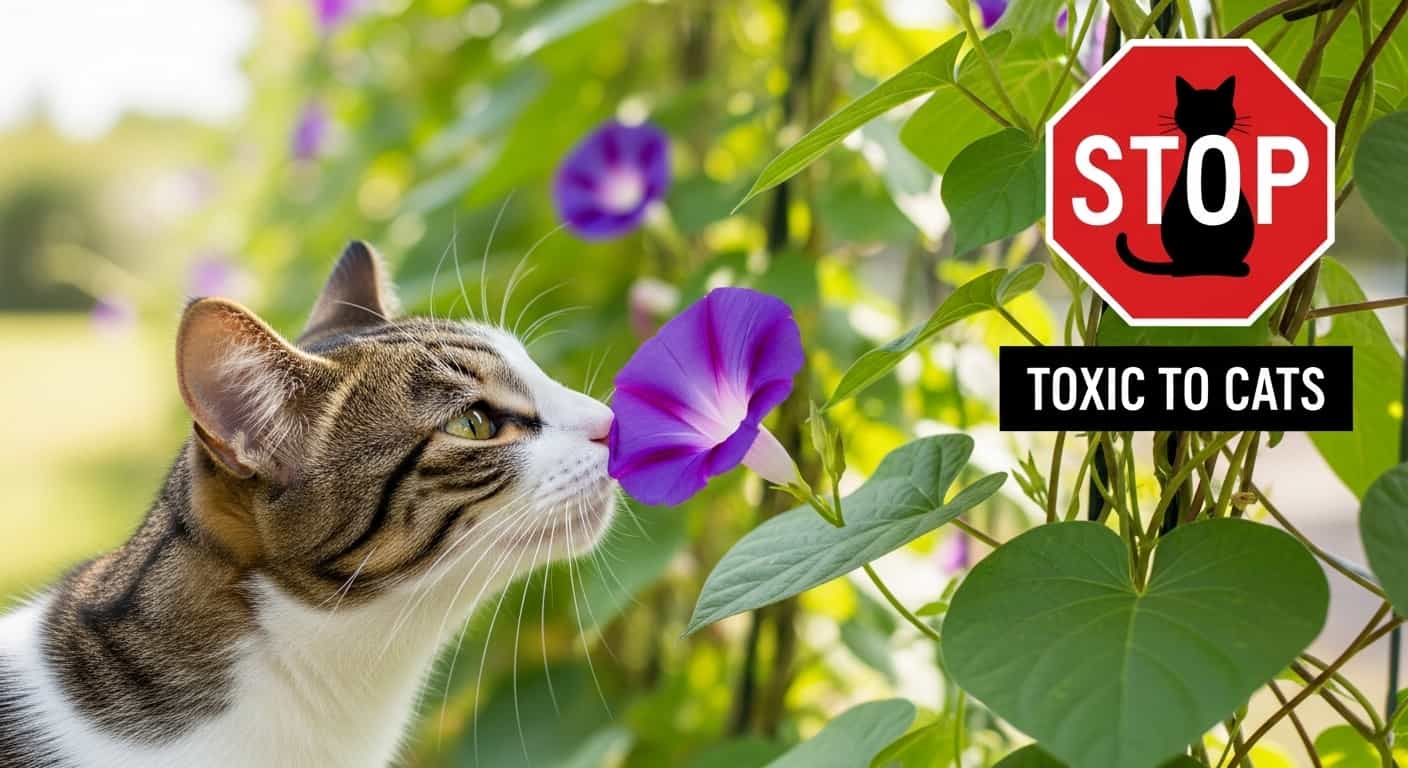Have you ever glanced at your gorgeous Calathea plant and wondered if it’s safe for your curious feline friend? You’re not alone.
Table of Contents
ToggleAs a cat owner, you want to ensure every corner of your home is a safe haven for your pet. The vibrant leaves of a Calathea can be very tempting for cats who love to explore and nibble on houseplants.
But is this tropical beauty a threat to your furry companion’s health? Understanding the relationship between plants and pets is crucial, and this article is here to guide you. Discover the truth about Calathea and its impact on cats, ensuring you make informed choices for your beloved pet’s safety. Dive in to uncover all you need to know—your cat’s well-being may depend on it!
Calathea Plant Characteristics
Calathea plants are beloved for their stunning foliage and vibrant patterns. These tropical beauties are a popular choice for indoor plant enthusiasts. If you have a curious cat, you might wonder if these plants are safe to have around your furry friend. Understanding the characteristics of the Calathea plant will help you make an informed decision.
Physical Appearance
The Calathea plant is known for its eye-catching leaves, which can be a real conversation starter. Their leaves are large, broad, and often display intricate patterns that resemble brush strokes. You might notice a mix of greens, pinks, and purples, making each leaf a masterpiece of nature.
Calatheas also have a unique feature: their leaves tend to fold up at night, as if they are sleeping, and open again in the morning. This daily movement is known as nyctinasty. Have you ever seen a plant that seems to dance with the light? It’s a charming trait that adds to the allure of having a Calathea at home.
Common Varieties
There are several varieties of Calathea, each offering its own unique leaf pattern and color palette. One popular variety is the Calathea Ornata, also known as the Pinstripe Plant. It features dark green leaves with delicate pink stripes that look like they were drawn with a fine brush.
Another favorite is the Calathea Medallion. It stands out with its bold, round leaves that have a striking pattern of dark green and silver on the top, with a deep burgundy underside. Can you imagine how this would pop in your living room?
The Calathea Lancifolia, or Rattlesnake Plant, has long, narrow leaves with a wavy edge and a playful pattern of dark spots. If you enjoy a touch of whimsy in your home decor, this variety could be a delightful addition.
Choosing the right Calathea variety can transform your space and bring a touch of the tropics into your home. Have you found a favorite among these stunning options?
With these characteristics in mind, you can appreciate why Calatheas are such a sought-after plant. They bring beauty and a bit of nature’s mystery into your home.
Here's a related post that you might find useful. Are Boston Ferns Toxic to Cats: Essential Safety Tips
Calathea And Pet Safety
Calathea plants are popular for their vibrant foliage and easy care. Many pet owners worry about houseplants being toxic to their furry friends. Understanding the safety of Calathea for cats is essential.
Non-toxic Nature
Calathea plants are non-toxic to cats. Their leaves and stems do not contain harmful chemicals. This makes them safe for homes with curious cats. You can enjoy their beauty without the stress of potential poisoning.
Potential Risks
While non-toxic, Calathea can still pose risks. Cats may chew on leaves, causing stomach upset. Leaves might cause mild irritation if ingested. Ensure cats do not consume large amounts. Always monitor pets around any plant.
Symptoms Of Plant Ingestion
Calathea plants are known for their stunning foliage and vibrant patterns. While they enhance any home decor, pet owners often worry about their safety. Cats are curious creatures and might nibble on houseplants, leading to potential health issues. Understanding the symptoms of plant ingestion is crucial for every cat owner.
Identifying Mild Reactions
If a cat eats a small piece of Calathea, it might show mild reactions. Watch for signs like drooling or slight nausea. A minor stomach upset is also possible. These symptoms are usually short-lived and resolve themselves. Keep an eye on your cat’s behavior for any changes.
Severe Symptoms To Watch
Severe symptoms are rare but require immediate attention. Vomiting is a key indicator of distress. An upset stomach or diarrhea may follow. In some cases, loss of appetite can occur. If your cat shows lethargy or excessive drooling, seek veterinary help. Quick action is vital for your pet’s health.

Credit: www.aspca.org
Preventing Accidental Ingestion
Calathea plants are not toxic to cats. Yet, preventing accidental ingestion remains crucial. Cats are curious creatures. They often nibble on houseplants. This can lead to digestive issues or discomfort. Ensuring your home is safe for pets is a priority. Let’s explore how to keep your cats safe.
Here's a related post that you might find useful. Are Money Trees Toxic to Cats? Vet-Approved Safety Facts
Safe Plant Placement
Place Calathea plants out of your cat’s reach. Use tall shelves or hanging baskets. These spots make it harder for cats to access them. Choose rooms your cat rarely visits. This reduces the chance of accidental ingestion.
Consider using plant stands with protective barriers. These barriers can deter cats from exploring plants. Secure plants on stable surfaces. Ensure they won’t easily tip over. A small change can make a big difference.
Pet Training Tips
Train your cat to avoid houseplants. Use positive reinforcement techniques. Reward your cat when it stays away from plants. Consistency is key in training.
Offer toys or scratching posts as distractions. Cats love to play and explore. Keeping them entertained reduces their interest in plants. Use citrus scents near plants. Cats dislike these smells, which can deter them.
Emergency Actions
If your cat has chewed on a Calathea plant, stay calm. Most Calathea plants are non-toxic to cats. But any plant ingestion can cause discomfort. Quick action can help ease your pet’s distress.
Immediate Steps
First, remove the plant from your cat’s reach. Check your cat for any signs of distress. Look for symptoms like drooling, vomiting, or diarrhea. If your cat shows any signs, rinse its mouth gently with water. Offer it fresh water to drink. Monitor your cat closely for any behavioral changes.
When To Contact A Veterinarian
If symptoms persist, contact your vet immediately. Persistent vomiting or diarrhea needs attention. Also, if your cat appears lethargic or unresponsive, seek help. Your vet will guide you on the next steps. It’s always better to be safe.

Credit: www.livelyroot.com
Alternatives To Calathea
Choosing the right plants for your home can be a delightful task, especially when considering the safety of your furry friends. If you’re worried about the potential toxicity of Calathea to cats, you might be on the hunt for safe alternatives. Let’s explore some non-toxic plant options that can keep your home vibrant and cat-friendly.
Other Non-toxic Plants
Many beautiful plants are safe for your pets. Take, for example, the spider plant. Its lush, arching leaves can add a touch of elegance to any room. Another great option is the Boston fern, known for its feathery foliage that can brighten up corners without posing any risk to your cats.
Consider the bamboo palm if you want something with a tropical vibe. Its airy leaves can make your space feel like a mini oasis. Are succulents more your style? Try the Haworthia. It’s small, easy to care for, and completely harmless to your feline friends.
Have you ever thought about swapping your Calathea for one of these plants? They’re not just safe; they also bring unique textures and colors to your home.
Pet-friendly Gardening
Creating a garden that’s safe for cats is a rewarding endeavor. Start by selecting plants that are non-toxic and easy to maintain. For example, herbs like basil and thyme are not only safe but can also add delightful aromas and flavors to your cooking.
Why not design a small outdoor or indoor garden where your cats can roam freely? Mixing plants like rosemary and lavender can create a sensory experience for both you and your pets. They add beauty without worry.
Think about the placement of your plants. Elevated planters or hanging pots can keep your cats from digging into the soil while still enjoying the greenery. How could your gardening space evolve with pet-friendly practices?
By choosing non-toxic plants and adopting thoughtful gardening techniques, you can enjoy a home filled with greenery without compromising on your cat’s safety.
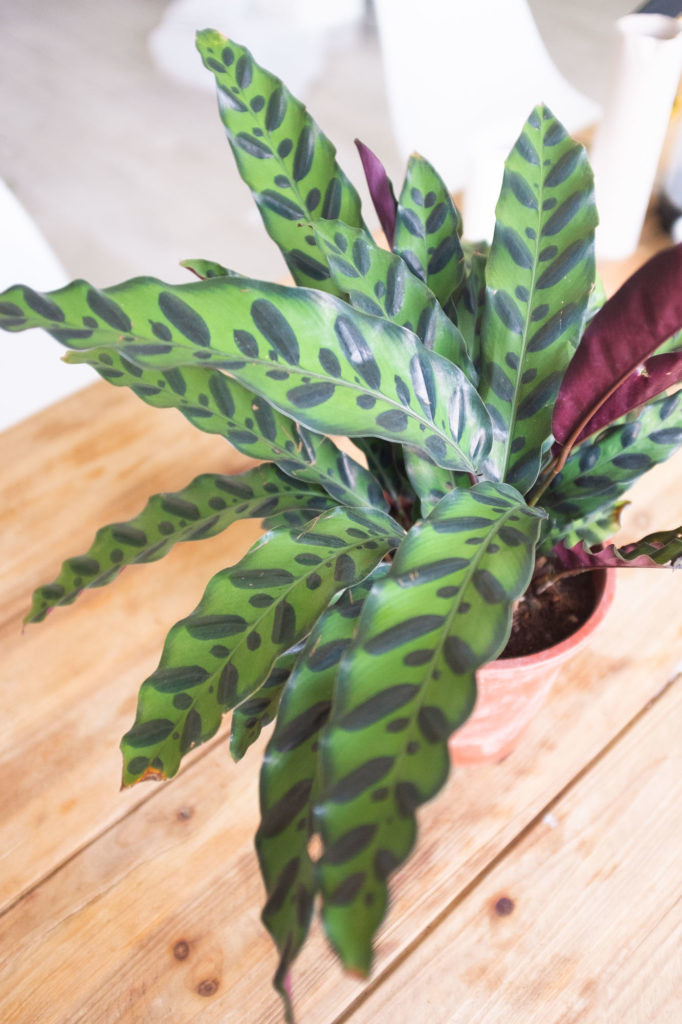
Credit: secretgardenivy.com
Frequently Asked Questions
Is Calathea Safe For Cats?
Calathea plants are non-toxic to cats, making them safe for households with feline pets. While they don’t pose a poisoning risk, it’s still best to prevent excessive chewing. This ensures your cat doesn’t experience any digestive discomfort. Always consult a vet if unusual symptoms arise.
What Happens If A Cat Eats Calathea?
If a cat eats Calathea, there is typically no cause for concern. These plants are non-toxic to cats. However, eating large amounts might cause mild stomach upset. If your cat shows unusual symptoms, consult a veterinarian for advice.
Why Do Cats Like Calathea Plants?
Cats might be attracted to Calathea plants due to their interesting leaves. The movement of leaves in response to light can intrigue cats. It’s important to monitor your cat’s interaction to prevent potential plant damage.
How To Keep Cats Away From Calathea?
To keep cats away from Calathea, consider placing plants out of reach. Use deterrents like citrus peels or cat-safe repellents. Providing alternative toys or plants can also divert their attention. Always ensure your cat has ample playtime to reduce plant curiosity.
Conclusion
Calathea plants are generally safe for cats. They add beauty to homes. Always monitor your pets around plants. Some cats may chew on leaves. It’s best to keep them separate. Offer cat-safe toys instead. This ensures your cat stays healthy.
Research plant safety before buying. Your pet’s health is important. Choose plants wisely. Enjoy a beautiful and pet-friendly home. Remember, happy pets mean happy homes.

